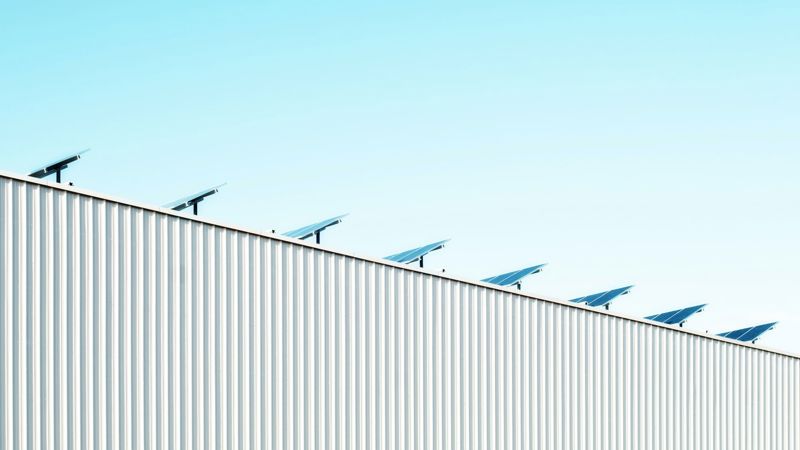
Governments across the world are increasingly competing on clean energy in attempts to reduce emissions, respond to volatile fossil fuel prices, and increase energy sovereignty. The electrification and integration of heating, cooling, and transport can help these aims, and reward consumers too.
Buildings and surface transport account for a significant portion of CO2 emissions. The electrification of these through clean energy systems could be key to reducing these emissions, and the opportunity for adopting consumer-centric distributed solutions may now be cost-effective and business savvy for consumers too.
Distributed energy systems (DES), involving small scale renewables and storage, can complement grid-scale electricity decarbonisation. DES can help cut emissions, increase energy security and can reduce the need to reinforce grids.
DES allow consumers to deploy their own energy systems, using equipment such as solar panels, batteries, heat pumps, and electric vehicles (EV). Our report for Integrate to Zero develops case studies to demonstrate where consumer-owned DES can save consumers money. We chose to look at promising countries and businesses for DES, rather than sampling randomly, focusing on three commercial consumer archetypes with: supermarkets, dairy farms, and fast food restaurants, in five countries: Australia, Kenya, Mexico, Spain, and the UK.
Centralised Energy Systems vs Distributed Energy Systems
Our analysis of the consumer benefits of DES is based on a model that we developed to compare consumer costs under centralised energy systems (CES) and consumer-owned DES. This model brings together bottom-up estimates of consumer demand, calculations of consumers’ potential own-production of solar electricity, and country-specific prices.
Analysis of our case studies results in the five key findings of this report:
- DES presents economic opportunity in all the countries and all archetypes that we analysed.
- All combinations of DES equipment save consumers money in these situations (for each archetype and country considered).
- Mexico and Kenya present the largest economic opportunity among countries that we considered.
- Significant consumer savings can be associated with choosing an EV rather than an internal combustion engine vehicle, though these depend on mileage and the petrol or diesel price.
- Specific country conditions lead to modest increases in savings from purchasing a heat pump instead of a gas boiler.
We summarise our findings in a checklist of country-specific and consumer-specific factors that are likely to lead to greater consumer savings from converting to DES, which accompanies our recommendations for further work in this area.
Please click here to read the full report.
For more information, please contact media@frontier-economics.com or call +44 (0) 20 7031 7000.










